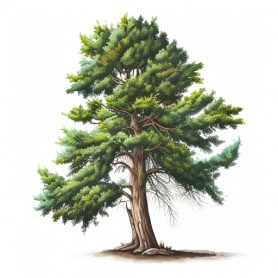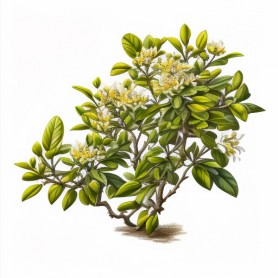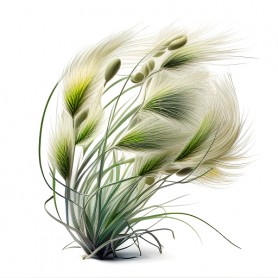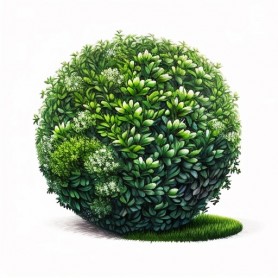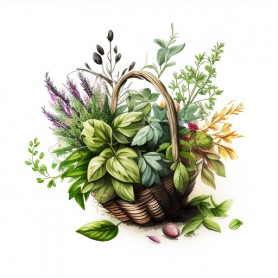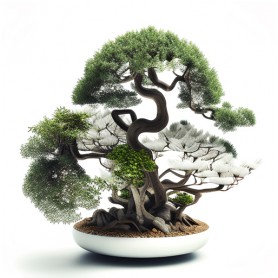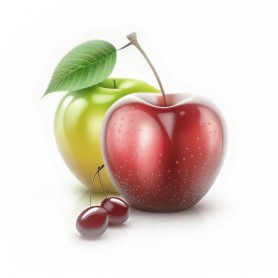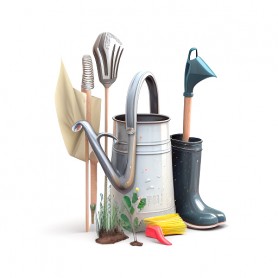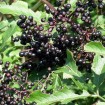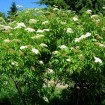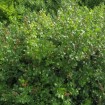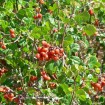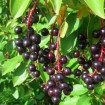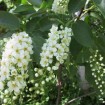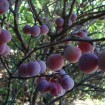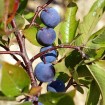Plants that grow from seed pack little miniatures of themselves and a collection of chemicals into these casings. Flowering plants and fruits grow seeds inside the fruit or in pods that ripen and fall from the parent plant at the end of the growing season. Inside each seed is a collection of chemicals and hormones designed to nourish and protect the tiny plant, developed over a long period by the plant's adaptation to climate.

The embryonic plant is protected by the seed's hull. All seeds contain chemicals, including the hormone abscisic acid, or ABA, which keep the seed dormant until conditions are most favorable to the plant's growth. Come spring, the seed responds to the warmth, wetness and longer daylight as the sun rises in the southern sky. Germination requires different environments for each species. Some require heat and some require complete darkness. Once conditions are right, the chemicals and hormones within the seed signal the embryo and it begins growing.
Embryos hibernate within the seed case during the freeze and thaw cycle of winter but they can also remain dormant during drought and other extreme weather. Some seeds remain dormant for months and some for years. Each species has adapted to its habitat by providing the right amount of nutrition for embryos and hormones that respond to the right stimuli to ensure the safety of the emerging embryo. All plant embryos respond to a combination of triggers that cause chemical changes within the seed. Light (or its absence), water from spring rains, oxygen (generated by rain draining through friable soil) and warmth from the surrounding soil all provide the respiratory and metabolic cues for the embryo to wake up and start its new life.
As soon as the warmth and wetness of the ground soften the seed case, the embryo swells and breaks the seed and begins the process of a nascent plant metabolism. The plant embryo must begin to generate its own energy in order to survive. The seed case, its food supply exhausted and its chemical composition altered and obsolete, is discarded. Either the stem and leaves begin to grow out of the seed (monocot) or the roots emerge from the seed (dicot), anchoring the new plant in the ground. Roots dig deep in soil, metabolizing oxygen, nitrogen and other nutrients. As the new plant breaks the surface of the ground, photosynthesis begins the process that will nourish the adult plant. Only a certain percentage of seeds germinate - a sort of "population control for plants". Once germinated, only a certain percentage will survive to adulthood. Everything depends on where and when seeds land and whether the right triggers are present in the right combination for a given species.

